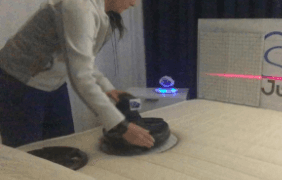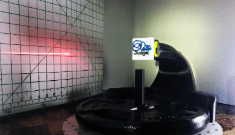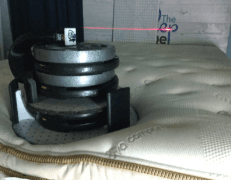Shopping for a mattress online prevents you from being able to try it out before you purchase. However, even when you can test out a demo product on the sales floor, it can take up to 60 days to determine how your body is going to adapt to your new sleep surface. This leads us to the question:
Is there a way to translate firmness and contour into a concept you can use to target just the right product?
You’re Not a Polymer Scientist… Neither am I!
If you’ve spent more than a half hour online mattress shopping, you’ve likely come across statements like:
- This mattress contours well to my body.
- This product feels medium in terms of firmness.
- The support kicks in just where I need it to contour my lumbar spine.
I know, because I’ve used just about all of these to portray my perception of a mattress’s firmness and contour. The trouble is, this subjective feedback doesn’t do you much good considering we all have a unique body size and shape that will interact differently.
Even when we offer the various indentation load deflections and coil gauges, unless you’re a biomedical engineer, this can be hard to translate into a perceived feeling considering each mattress combines various layers.
Giving You the Information You Need to Know
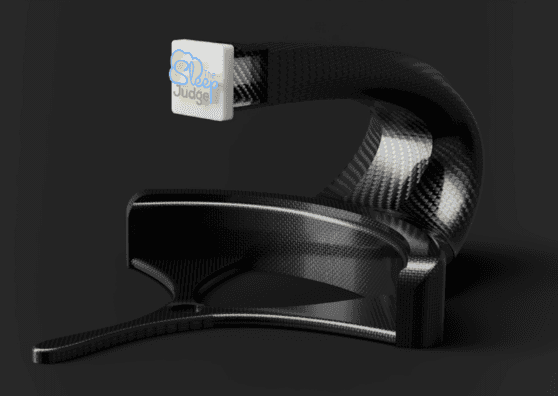
What They Came Up With
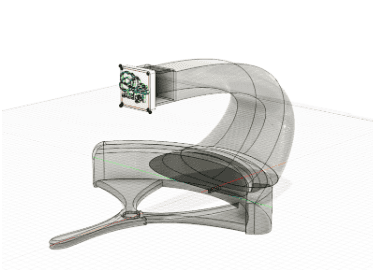
Mattresses are often grouped into firm for heavy people, medium for average people, and plush for skinny people. This provides a decent baseline, but people can’t be categorized in such broad boxes.
- By placing scientifically determined combinations of weight on the circular surface area of the tool, we can retrieve indentation depths corresponding to endless potential needs and preferences.
- Varied weights are distributed across the constant tool area to ensure standardized, comparable pressure is applied to the mattress.
How Testing Works
Most mattresses are designed with the average person in mind. Others are geared toward meeting the needs of very heavy or lightweight folks. The Sleep Judge’s Firmness and Contour Test employs three standards of evaluation based on how much weight the mattress being reviewed is made to comfortably accommodate:
- Mattresses for people between 50-150 lbs.–
- Indentation depths recorded relative to the application of 12, 25, and 40 lbs. across a constant surface area
- Typically mattresses 10 inches or less or those made for kids
- Mattresses for People between 150-250 lbs.–
- Indentation depths recorded relative to the application of 25, 50, and 75 lbs. across a constant surface area
- Average mattress- usually between 10-12 inches (varies depending on firmness and support type)
- Mattresses for people between 250-500 lbs. –
- Indentation depths recorded relative to the application of 50, 100, and 150 lbs. across a constant surface area.
- Typically mattresses made with heavyweight folks in mind, often more than 12 inches thick (varies depending on firmness and support type)
What do the Weight Ranges Mean for Me?
Many of us have one or two primary areas where we carry the most weight. You know where that is for you.
- Examples
- The bodybuilder who carries a large portion of weight in his upper body
- Women with hourglass figures carrying lots of weight in the upper and mid sections
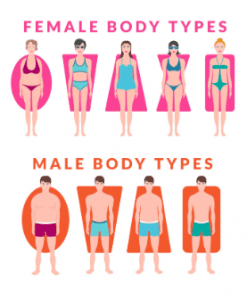
Once you’ve determined your body type, we’ve done the hard work in analyzing data points to see if your weight distribution is a good fit for the mattress you’re considering. Best of all, our diverse data capture allows us to make highly viable suggestions if the product you’re considering probably isn’t going to work for you.
Exclusive Information You’ll Only Find at The Sleep Judge
We can’t give away all our secrets… that’s part of what makes this tool unique and proprietary! What I can tell you is that the indenter weights and permutations were scientifically considered by qualified engineers to accurately reflect how various body compositions will interact with any mattress material lineup.
When our Firmness and Contour Testing Tool is used in a mattress review, the data points retrieved allow us to:
- Generate consistent permutations representing various body types a particular product is well suited for
- Identify body types that would be better suited for a mattress with more or less support than the product being reviewed
You won’t find our proprietary firmness and contour testing results on the other review sites, and

Translate a largely subjective data point into a measurable concept you can more effectively apply as you shop.
When we tell you a mattress is well suited for people between 118-150 pounds who carry a lot of weight in their midsection, you can rest assured we aren’t just giving you our best guess. We have reason to believe this to be precisely the case.
As you explore our reviews, we hope you enjoy the ability to easily determine if the contour and firmness of a particular mattress will be a good fit for you. Have questions or comments? We’d love to hear your feedback!
